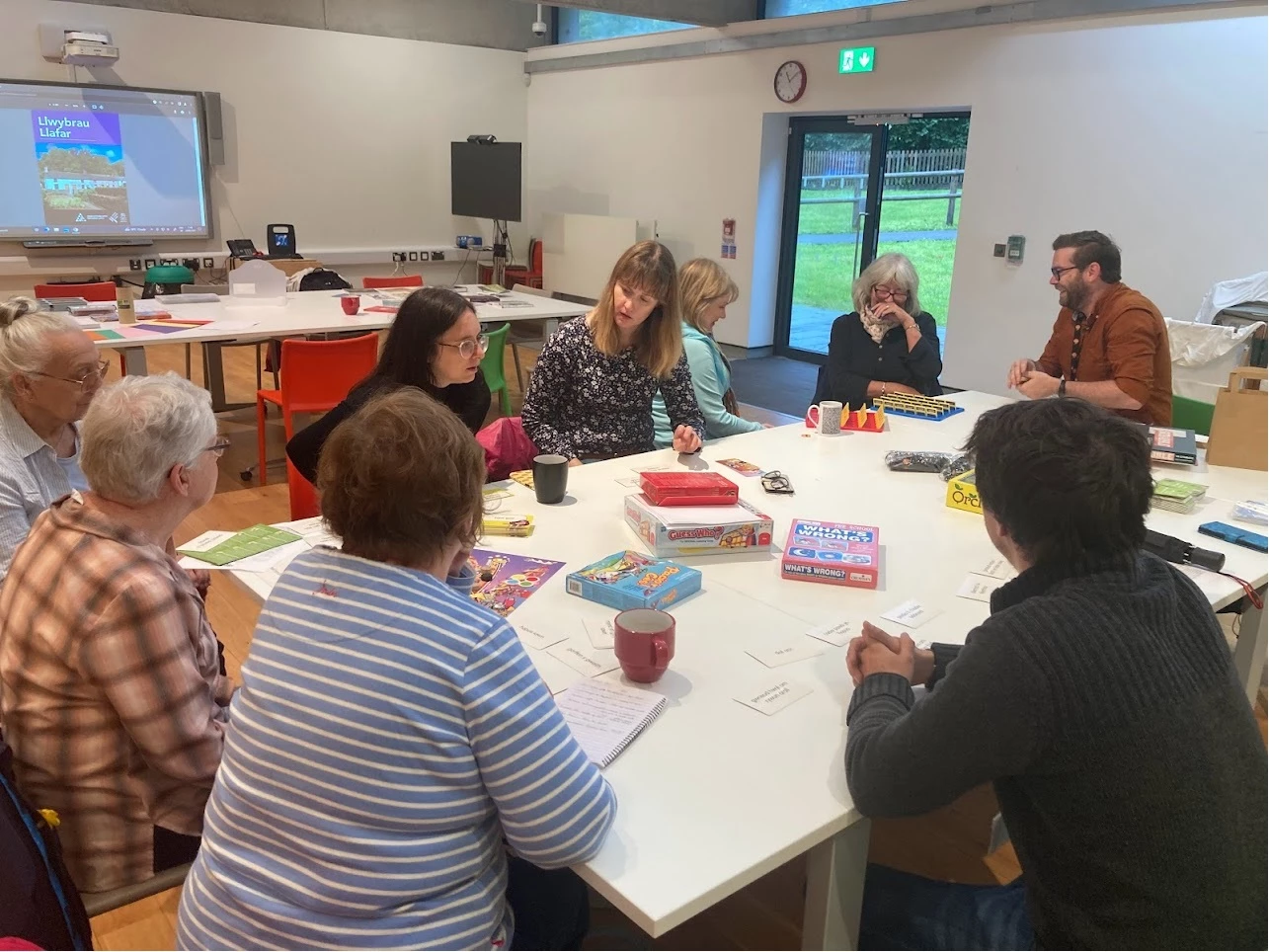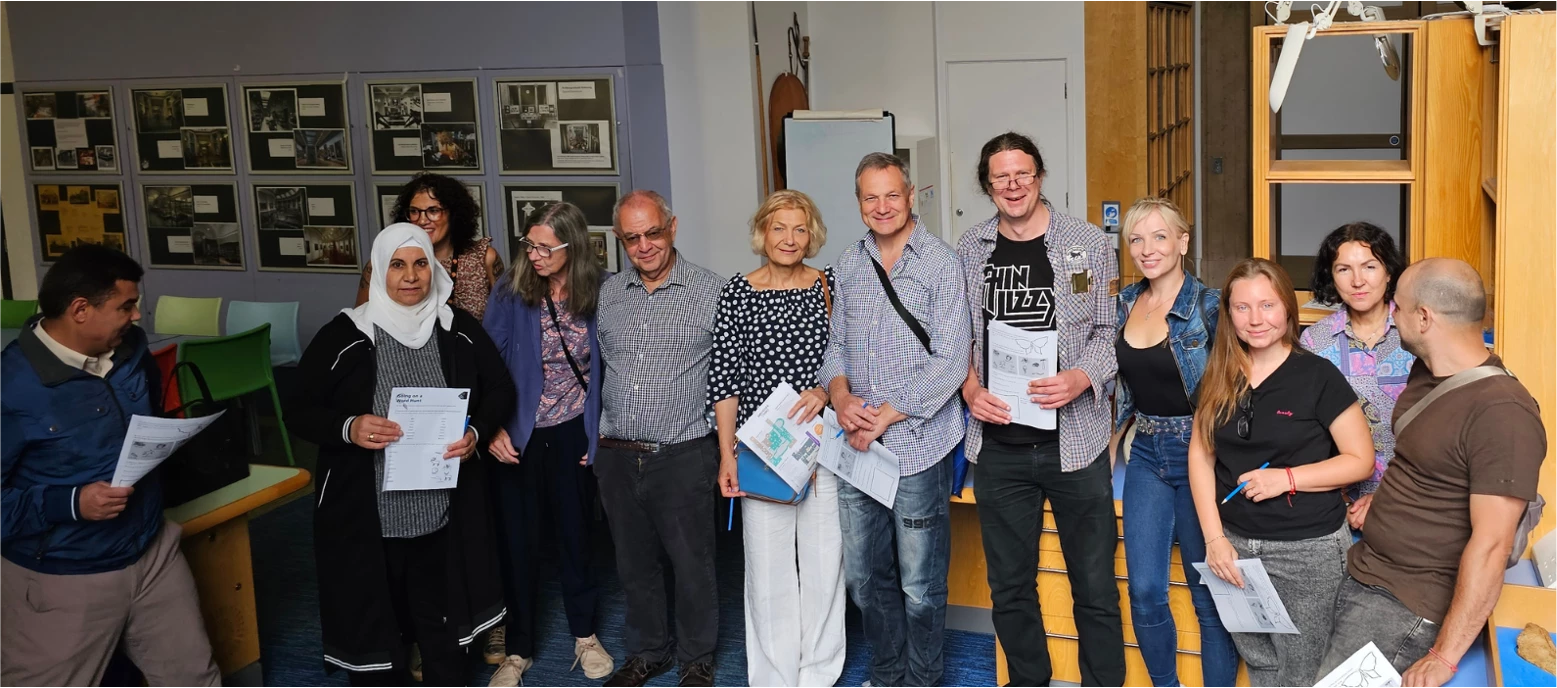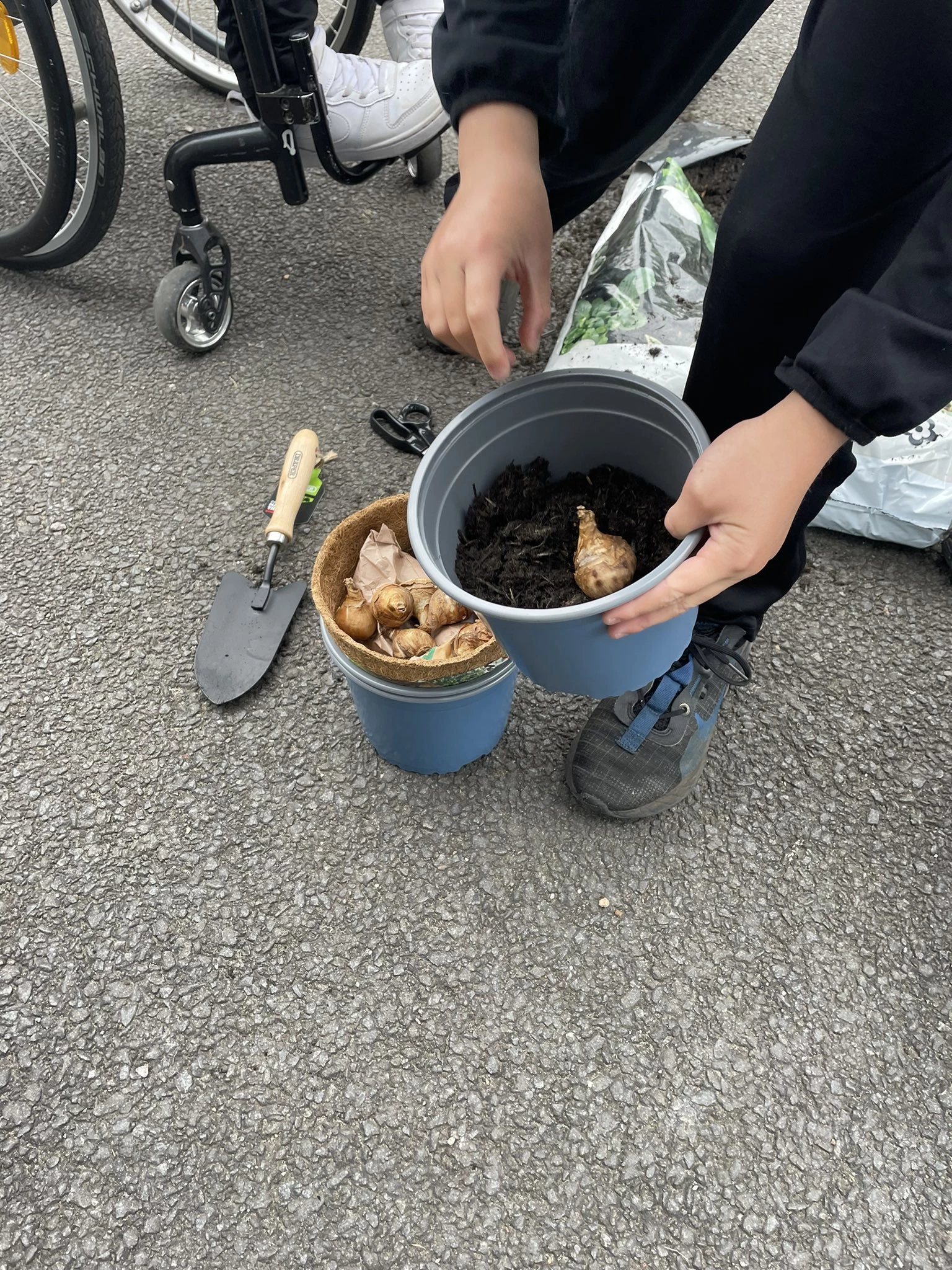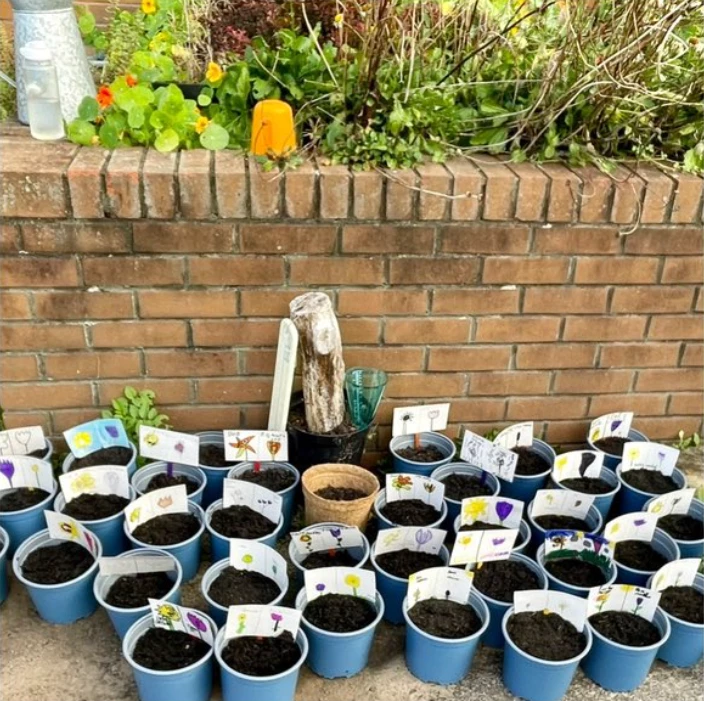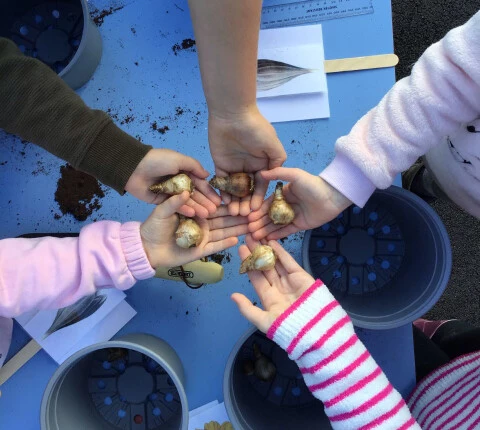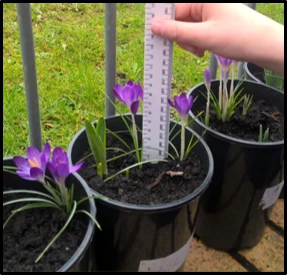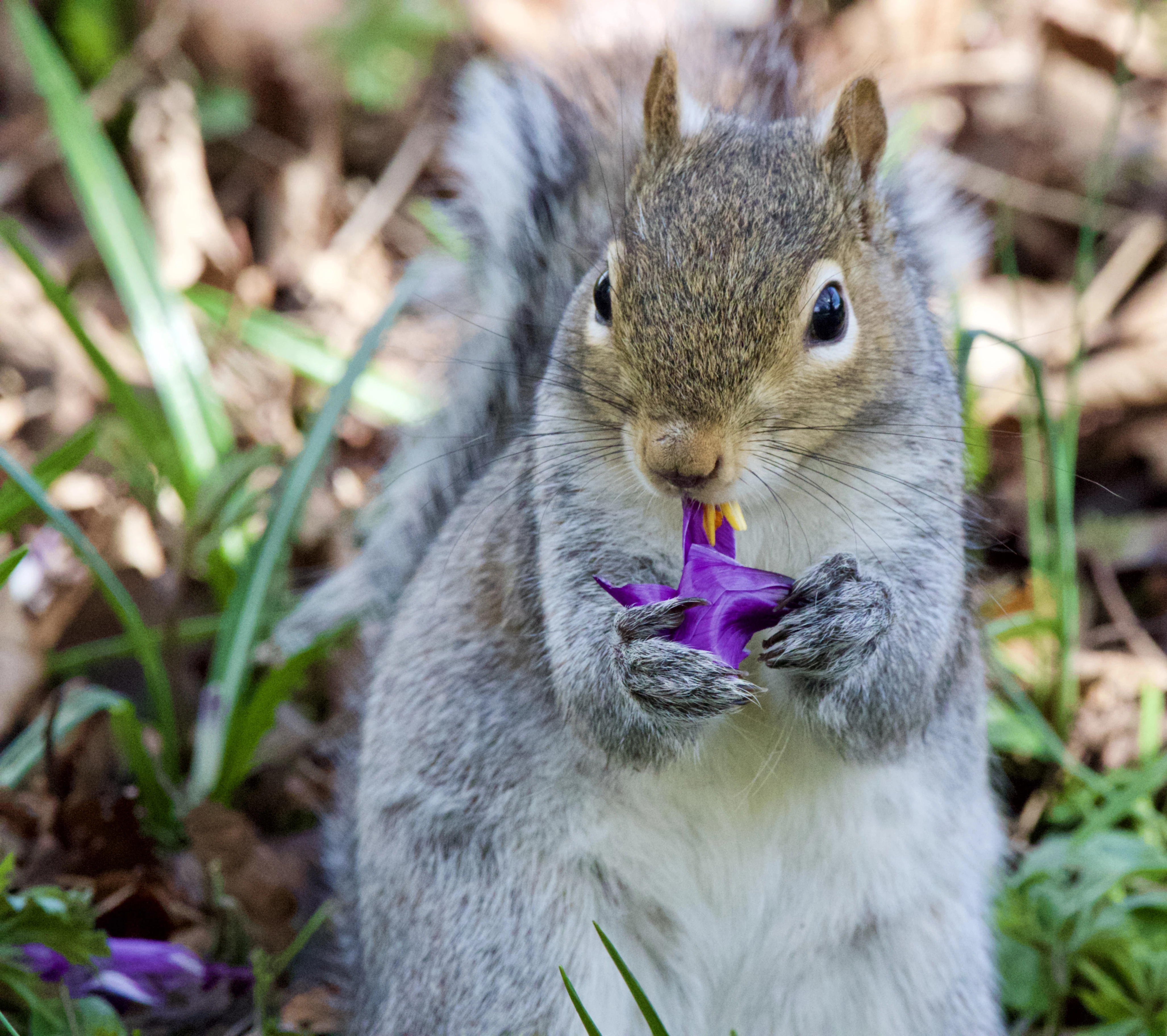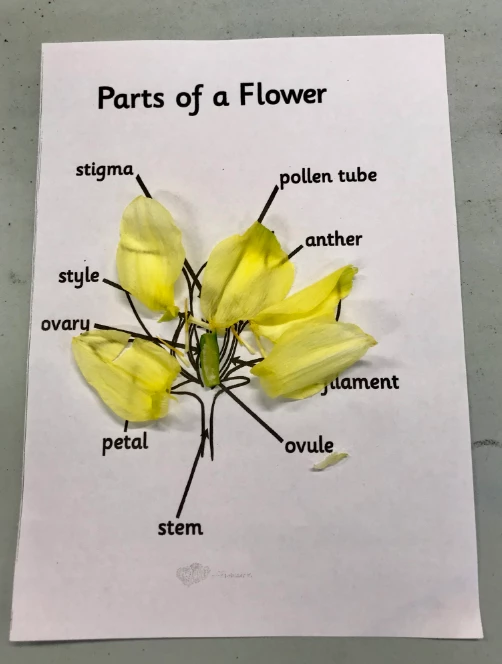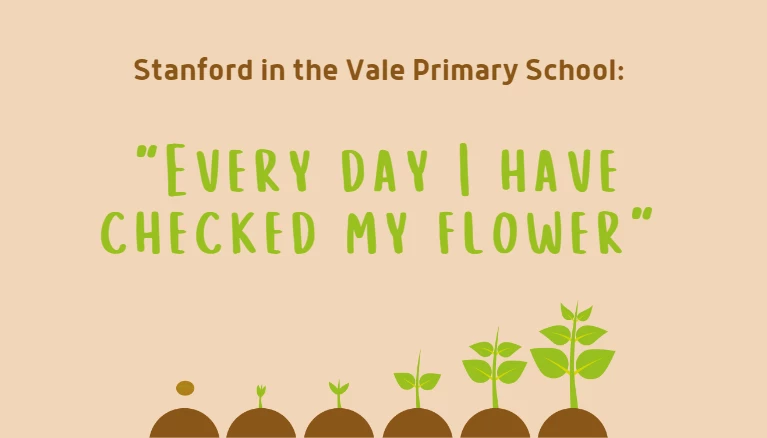Adult Learners Week 2023: its legacy at St Fagans National Museum of History and across Amgueddfa Cymru
, 24 January 2024
Last year we celebrated Adult Learners Week in September, alongside other learning providers across Wales.
We were excited to deliver activities across all 7 museums within the Amgueddfa Cymru family, building on existing offers and piloting new sessions and activities.
At St Fagans we were able to develop a full programme of activities which took place throughout the week, including crafting taster sessions and workshops, mindful nature walks and opportunities for Welsh and English learners.
The Amgueddfa Cymru programme was promoted via the new Adult and Community Learning section of our website, with the individual site offers also appearing on their main What’s On listings page. We were also able to promote our programme via the Adult Learners Week platform, supported by the Learning and Work Institute, as well as ensuring we ran a comprehensive social media campaign in the run up and throughout the week, across X (Twitter), Instagram and Facebook.
As part of this work, we also promoted our series of virtual craft tutorials and taster sessions and the self-led learner resources we offer.
We worked closely with partners including Dysgu Cymraeg Caerdydd, Menter Caerdydd, Adult Learning Wales and Creative Lives to ensure our programme was tailored to the needs of the learners we hoped to attract and was enhanced by the richness that partnership working brings.
Over the course of the week, we saw a total of 160 people take part in the learning opportunities on offer at St Fagans and a total of 331 people across Amgueddfa Cymru as a whole. This marked our biggest ever Adult Learners Week, of which we are very proud. Take a look at some of the highlight here: https://youtu.be/lgKtmLHr1_Q
We wanted to ensure we collected feedback from learners to help us develop and improve our adult learning offer across the organization.
Here’s a sample of some of the learner feedback we received:
“Wonderful, positive, creative environment.”
“Learning a new skill is fun and fulfilling”.
“Very social and therapeutic experience”
“I really enjoyed the workshop. Very fun and positive experience. Facilitators were really friendly and found it really therapeutic and sociable.”
“Very much enjoyed – great opportunity to learn a new skill. Great teacher. I feel very chilled now.”
“Thoroughly enjoyable and interesting walk – saw things I’d never noticed previously.”
“Yn agordrws i fydhudol.”
“I really enjoyed the Mindful Nature Walk at St Fagans. I learnt a lot and would recommend it! It was great to have someone so knowledgeable leading the session.”
“Friendly environment, not at all intimidating, so if you want to try something new go for it!” (willow weaving bird feeders)
“Empowered! A great way to learn a new skill.”
“Great fun! Just go do it, you will enjoy learning a new skill!”
“Dw i’nmeddwl bod digwyddiadauyn y Cymraeg yndddaiawn.”
“I have always wanted to make an autumn wreath and the course gave me the confidence. It was an inspirational course.”
The tuition was fantastic. There was help when needed but given enough space and time to try and do it yourself.”
“Very much enjoyed drawing again after 20 years. Must get back into it now!”
“I thoroughly enjoyed the sketching session at St Fagans and the encouraging nature of the group.”
“A motivating, supporting and encouraging session which was led excellently by Marion and Gareth and so well hosted by Loveday.” (Sketching workshop at St Fagans with Creative Lives).
“It feels so wonderful to try something new and see the results so quickly.” (Enamelling taster session).
Legacy programmes:
As a result of the piloting opportunities Adult Learners Week provided, we have since been able to launch 3 new regular Adult Learning programmes at St Fagans and National Museum Cardiff.
Our monthly Audio Described Tour programme (alternating monthly between the two museums and shortly to launch at the National Roman Legionary Museum in Caerleon, with a view to extend to other sites as and when capacity allows).
Our new monthly Sketching Group at St Fagans, in partnership with Creative Lives (and building on the success of the wonderful National Museum Cardiff Drawing Group). So far we’ve held 3 sessions. Our first attracted 6 people, our second 8 and our third 24! Feedback has been so positive and word is spreading far and wide. If you’d like to join us next month please do so. All the info can be found in the link above.
New termly Bore i Ddysgwyr Cymraeg Welsh Learner Mornings in collaboration with Dysgu Cymraeg Caerdydd and Menter Caerdydd. Last term we welcomed 35 Welsh learners to the museum to take part in a session on Welsh Christmas traditions. We’re looking forward to welcoming an existing group of Welsh speakers and learners on 25th January for Dydd Santes Dwynwen where we’ll be exploring the Welsh Love Spoon collection and then the next Bore i Ddysgwyr Cymraeg.
The 6 commitments enshrined in our 10-year strategy Amgueddfa2030 are embedded throughout our adult learning programme, specifically that of inspiring creativity and learning for life.
We look forward to continuing to grow our adult learning offer and hope to welcome you in 2024 to one of our museums to take part in an activity or enjoy using one of our self-led learner resources!





